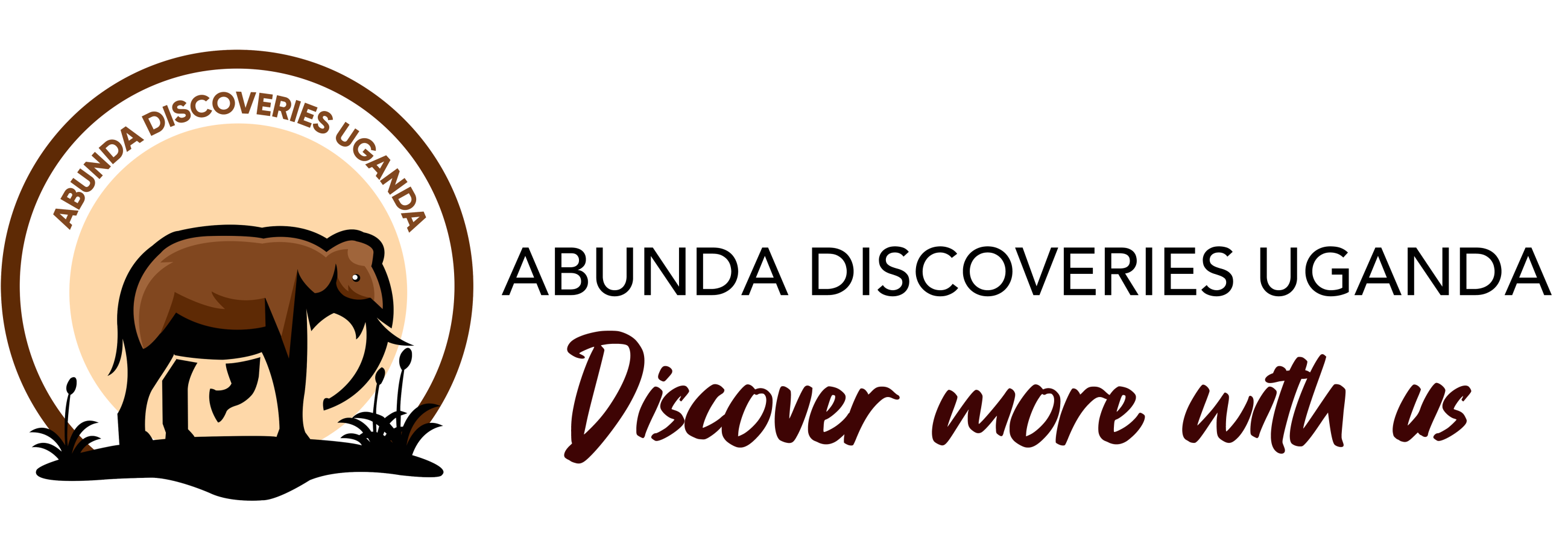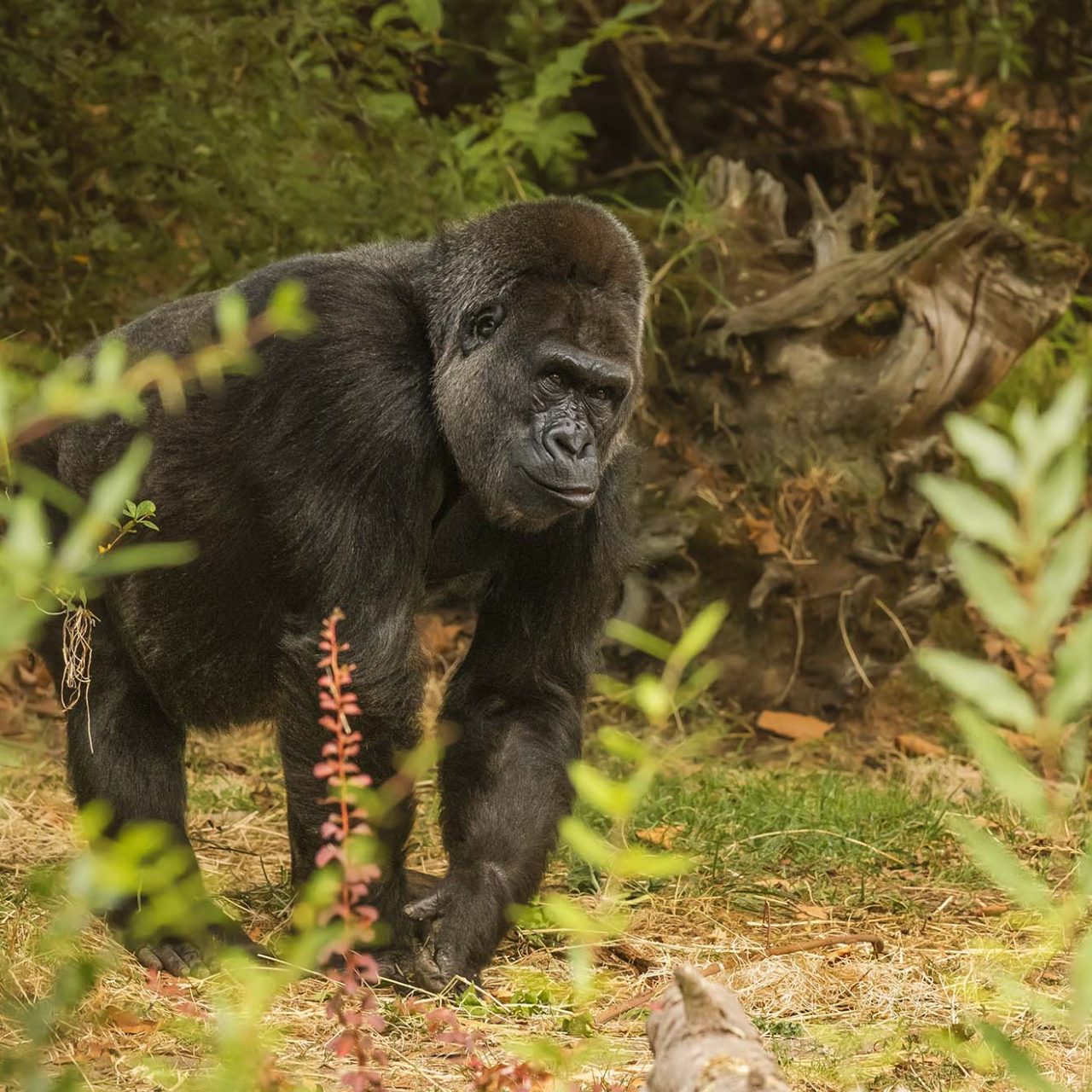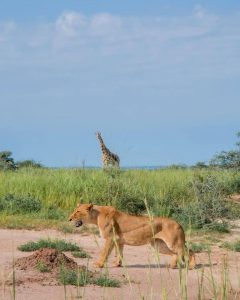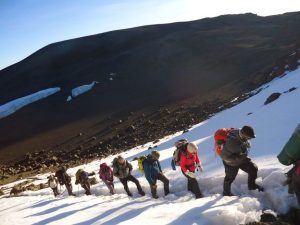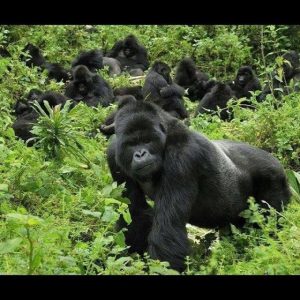How hard is gorilla trekking
The country’s steep terrain and thick vegetation make treks in Uganda generally more challenging. Trekking in Rwanda is comparatively simpler, yet it can still be difficult, particularly at higher elevations. Gorilla trekking is a rather strenuous physical activity in both locations.
Many people consider gorilla trekking in Rwanda and Uganda to be a morally righteous kind of wildlife tourism. Both countries play an important role in the recovery and conservation of mountain gorilla populations that were once in risk of going extinct.
Gorilla permits generate revenue for anti-poaching efforts, environmental projects, and community development. The direct economic benefits that tourists bring to the area motivate local residents to protect gorillas and their natural habitat.
People frequently inquire about the difficulty of trekking before deciding whether or not to do it. Because it involves traveling large distances for hours in search of the gorillas, mountain gorilla trekking is an exciting and daring activity that calls for a decent level of fitness.
Trekkers must also deal with mosquitoes and erratic rains in all of the parks. However, no permanent trail signs should be taken while on the journey. This is because it’s difficult to tell where the gorillas slept soundly at night. Due to the thinner air and increased pressure on the lungs at greater heights, some people may also experience altitude sickness at high altitudes of 2500 to 3000 meters.
However, your level of fitness shouldn’t stop you from going gorilla trekking. Porters, sedan chairs, and hiking sticks are available in the gorilla trekking parks. While the sedan chairs and porters cost $300 to $500. The trekking sticks are provided free of charge at the start of the journey. It is also possible to make preparations for a shorter and easier trip if you are elderly or unfit. It is necessary to make reservations well in advance if such arrangements are to be made.
To ensure a memorable and less exhausting tour, prepare thoroughly. Pack a long-sleeved shirt, pants, bug repellents, hiking boots, a hiking stick if you have one, sunglasses and a hat for the sun, a rain jacket in case of sudden downpours, a food for a longer hike, and water in a bottle to stay hydrated and refreshed. It is also helpful to reserve lodging close to the trekking area. It is possible to conserve the energy required to drive or walk to the trekking park in order to start the actual hiking.
Best time to go for gorilla trekking in Uganda and Rwanda
In both Rwanda and Uganda, gorilla trekking is most enjoyable during the dry seasons. June through September and December through February.
How much is a gorilla trekking permit in Uganda and Rwanda
A typical gorilla trekking permit in Rwanda costs $1,500 in 2025, whereas in Uganda it costs $800.
